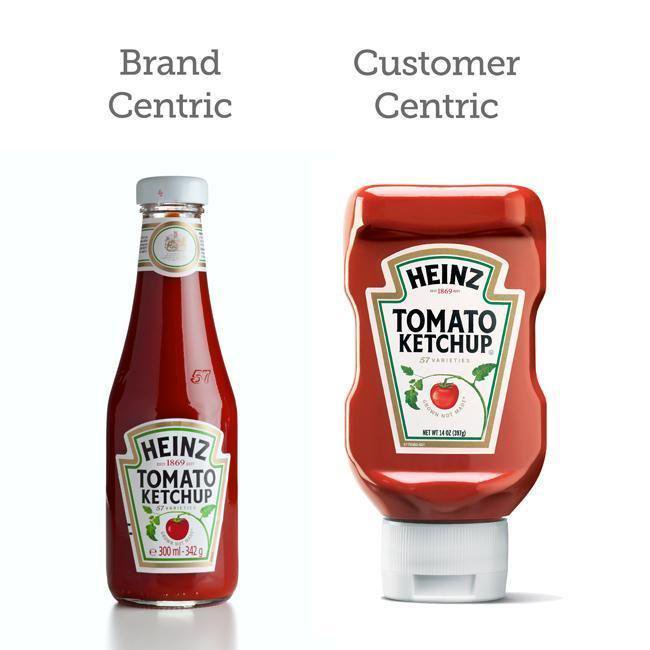Tell Us Something We Don’t Know
Sometimes, when you read a report, or hear a presentation, you think to yourself “Oh boy, why don’t you tell me something I don’t know” … but then again, often the message is worth hearing again so that we truly get it. We need to hear some things over and over again until the message really sinks in.
Such is the case with a recent *study we read about B2B companies and what ‘content’ they push to their audiences. The Content Marketing Institute and MarketingProfs released the study this Summer showing that over the previous 12 months, the majority of B2B marketers increased spending on content creation. The study also showed that an alarming number of respondents rated their content as either minimally, or not at all successful.
The study compares the content of those who rated theirs as either extremely or very successful, with those who admitted their content was poor and the results bring us to that “Tell Us Something We Don’t Know” moment.
The results indicate that fully 90% of those “most successful” marketers prioritize their audience’s informational needs over a sales or promotional message. This is compared to just 56% of the “least successful” respondents. This is an important point, says the report, as there have been admissions from B2B marketers for quite some time that their content is more product or company-focused than customer-centric.
To give you a good sense of what customer-centic really means, just look at this product that was modified to to become less brand centric …
The study finding also seems to follow a trend noted in last year’s survey, says the report, in which B2B respondents said their content was becoming more audience-focused. That trend seems to have largely continued into this year:
Meanwhile, the main techniques that respondents are using to research their target audiences this year include sales team feedback
The biggest disparities between the most and least successful marketers relate to the use of primary research, customer conversations/panels, and database analysis.
It is also worth pointing out here that 93% of the “most successful” B2B content marketers describe their organization as being either extremely (58%) or very (35%) committed to content marketing, compared to just 35% of the “least successful” marketers being able to say the same.
Commitment to content marketing leads to maturity, which also seems to correlate to success. The vast majority (82%) of the “most successful” content marketers describe their maturity level as “sophisticated” or “mature”, versus just 10% of the “least successful” marketers.
The benefits of having a solid customer-centric content strategy are wide-ranging, but the most common benefits associated to one by respondents were aligning teams around a common mission/goals (81%) and making it easier to determine which types of content to develop (81%), says the report.
This year 64% of respondents said they have increased their use of audio/visual content such as videos, live streaming and webinars from last year. The increasing use of visuals isn’t taking the place of text-based content, at least digitally. 61% have increased their use of written digital content such as articles and blogs over the past year, with long-form content (in-depth articles, guides) emerging as one of the most favored content development types.
Content marketers aren’t relying just on email for content distribution: two-thirds have used paid distribution methods in the past year, including 71% of the “most successful” content marketers. The main reasons for using paid methods to distribute content are as follows:
As for the most common methods used for paid distribution, sponsored content on social media takes the top spot, followed by search engine marketing and banner ads promoting the content. Partner emails promoting content are a little less popular, but are used more by successful marketers.
 There is obviously a simple solution to putting a solid audience-based content strategy in place, and if you are reading this blog, you should already know that ChartLocal can be the provider to put one in place for you. One that guarantees you would be listed on the “most successful” content marketing strategy side. A quick call to us at 888-826-8060 or an email to Sales@ChartLocal.com will put your business (B2B or B2C) on the fast track to being a successful content provider. We’ll have you reaching more people, more times for less money too!
There is obviously a simple solution to putting a solid audience-based content strategy in place, and if you are reading this blog, you should already know that ChartLocal can be the provider to put one in place for you. One that guarantees you would be listed on the “most successful” content marketing strategy side. A quick call to us at 888-826-8060 or an email to Sales@ChartLocal.com will put your business (B2B or B2C) on the fast track to being a successful content provider. We’ll have you reaching more people, more times for less money too!
